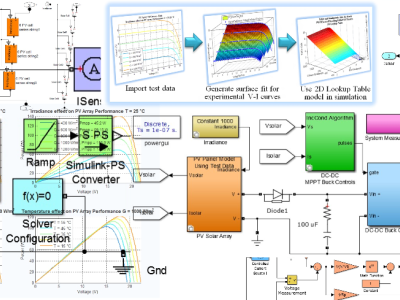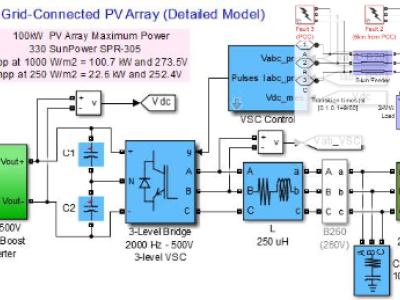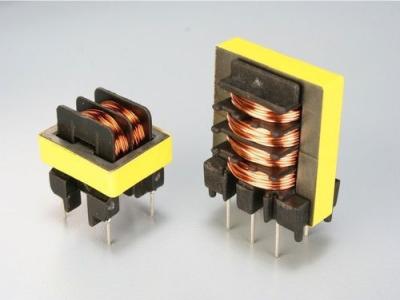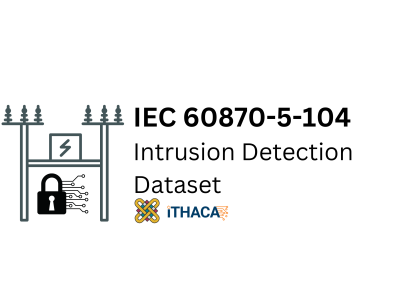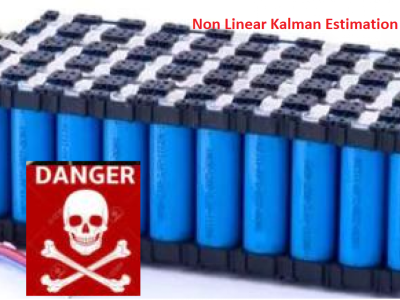Nonlinear Modular State-Space Modeling of Power-Electronics-Based Power Systems
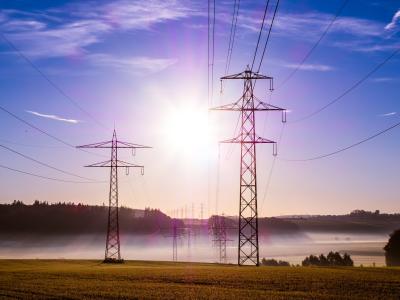
- Citation Author(s):
- Submitted by:
- Federico Cecati
- Last updated:
- DOI:
- 10.21227/rm81-hn09
- Data Format:
- Research Article Link:
 245 views
245 views
- Categories:
- Keywords:
Abstract
This dataset contains the Matlab code of the nonlinear state-space model of a power electronics-dominated grid. A power grid with 3 grid following converters is taken under consideration, following the publication:
F. Cecati, R. Zhu, M. Liserre and X. Wang, "Nonlinear Modular State-Space Modeling of Power-Electronics-Based Power Systems," in IEEE Transactions on Power Electronics, vol. 37, no. 5, pp. 6102-6115, May 2022, doi: 10.1109/TPEL.2021.3127746.
Abstract of the paper:
Power system state-space models are often constructed by interconnection of their subsystems (converters, distribution lines, and grid). The interconnection between L-/LCL-filtered converters with the distribution lines subsystems is often realized through a virtual resistor, because they both have the voltage as input, introducing inaccuracy. Moreover, the parameters variations influence not only the eigenvalues, but also the equilibrium point. In this case, the small-signal model has to be reevaluated around the new equilibrium point. For the computation of the equilibrium point, an additional method, e.g., power flow, is conventionally used. However, the variables computed with power flow (e.g., P,Q,V, and θ) do not always coincide with the state-space model variables, required for the linearization. Furthermore, the traditional power flow does not consider the influence of the voltage-source-converter control system on the grid equilibrium point. This article proposes a nonlinear grid model that does not need the virtual resistor to be interconnected. The proposed model can be used both for equilibrium point computation through the Newton–Raphson method, and it can be linearized around the computed equilibrium point for small-signal analyses. Simulations and experiments are provided.
Instructions:
Basic instruction to use of the Matlab code:
- For running the time-domain simulation based on the proposed nonlinear model, please run: simulation.m
- To modify the parameters of the simulation and simulate different disturbances, please check odefile.m; this file contains all the differential equations and the parameters for the time-domain simulation.
- For performing a static power flow analysis and an eigenvalue stability analysis based on the proposed model, please run analysis.m. Also this scipt contains all equations and parameters, which can be modified to see their effect on the stability and equilibrium point
If questions about the Matlab code arise, please contact the corresponding author Federico Cecati at the email fcecati@ieee.org
We are glad to receive your feedback, comments, questions and suggestions!


